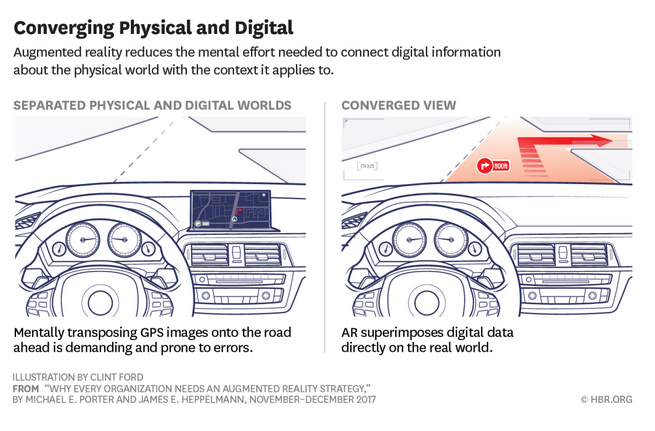Cameras are Watching and Machines are Learning: The Beginning — from medium.com by Brian Brackeen
You better believe their eyes
This is a new series about cameras and their relationship to face recognition, machine learning, and how, in the future, the ways in which we interact with technology will be radically different.
Excerpt (emphasis DSC):
First, the data.
LDV Capital, a venture capital firm focussed on Visual Technologies, recently published a 19 page report thick with some pretty eye opening data around cameras.
Specifically, how many cameras we can expect to have watching us, what they are watching us for, and how those insights will be used.
According to their study, by 2022 there will be more than 44,354,881,622 (that’s 44 BILLION) cameras in use globally, collecting even more billions of images for visual collateral. This is incredible — but what’s interesting — is that most of these images will never be seen by human eyes.

From DSC:
Though the author asserts there will be great business opportunities surrounding this trend, I’m not sure that I’m comfortable with it. Embedded cameras everywhere…hmmm…what he calls a privilege (in the quote below), I see as an overstepping of boundaries.
We have the privilege of experiencing the actual evolution of a device that we have come to know as one thing, for all of our lives to this point, into something completely different, to the extent that the word “camera”, itself, is becoming outdated.
How do you feel about this trend?











